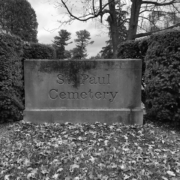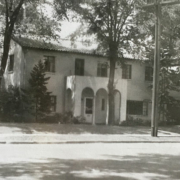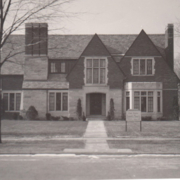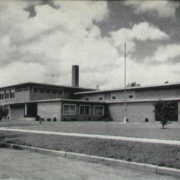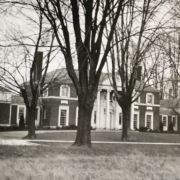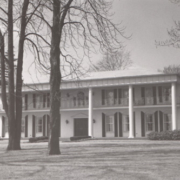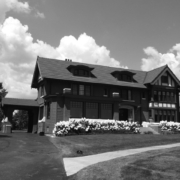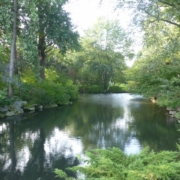Historical Architecture of Grosse Pointe – The St Paul Cemetery
We are going to move away from architecture to present the history of a unique piece of land – the St. Paul Cemetery. Located on the northeast corner of Country Club Drive and Moross in Grosse Pointe Farms, the cemetery dates to around 1868. It was and still is the only cemetery in Grosse Pointe. The cemetery is the resting place for members of some of the earliest families to inhabit Grosse Pointe, including Vernier, Cadieux, Trombley, Moross, Renaud, Kerby, Beaufait, and Moran families. Photos courtesy of: Katie Doelle.



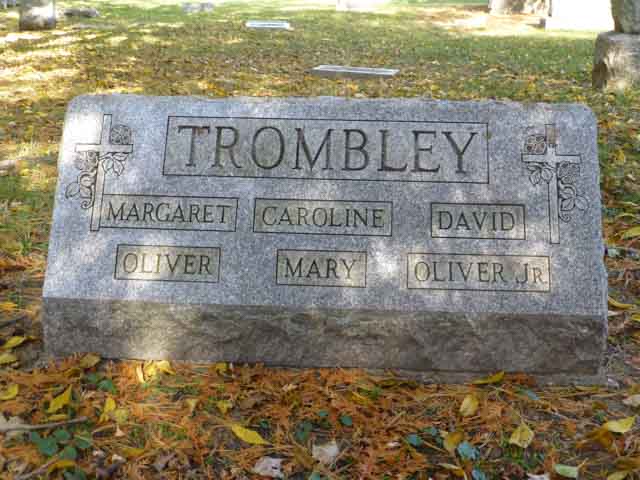
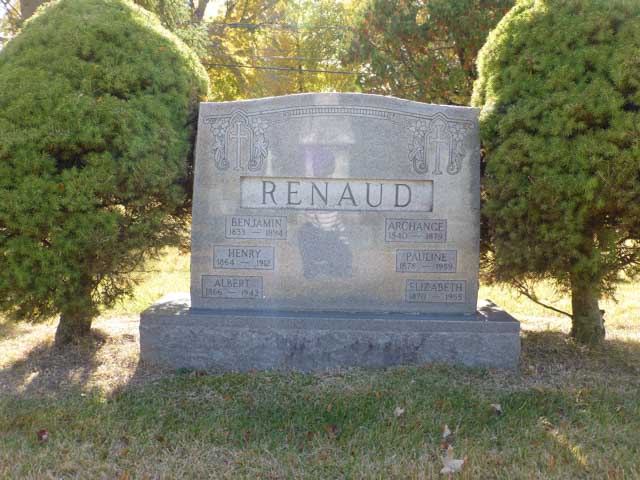
The first St Paul’s church was built in 1848, situated on Lake Shore, where the current church stands. The original cemetery for St. Paul’s was located behind the church (where the current parking lot is located). During the 1860’s, the church needed more space, however, in order to expand, the space where the cemetery was located was needed. Father DeBroux purchased a new plot for the cemetery, a 1.86-acre site, where the cemetery is located today. The plot of land was purchased in 1868, from Magloire and Elisabeth Morass (later spelled Moross) for $425 (around $9,000 today). It is reported there were 196 plots, each measuring 16 feet. It is acknowledged when the plot was acquired, the land was originally divided into four sections by two roadways.
Today the cemetery is one piece of land, situated behind a black metal fence that frames the site. Most of the graves are marked by crosses and carved headstones (mostly under 6 feet tall) as opposed to large monuments and mausoleums. It has been determined the oldest grave in the cemetery is that of Catherine Vernier who died in 1831. However, given the year of her death her burial, along with her husband John B. Baptiste (who passed in 1834) pre-date the cemetery. It is believed their graves were located elsewhere, thought to be in the original cemetery behind St. Paul’s church. Upon acquiring the new plot Catherine and John were reburied (around the late 1860’s) in the new cemetery, where they remain today. Also located in the cemetery is Father Elsen, a Dutchman, who was one of the founders of St. Paul’s Church – Father Elsen passed January 4, 1899. His grave was originally marked with a wooden cross, a white fence encircling it, with an elm tree close by. It is believed he is the only known priest to be buried in the cemetery. Source Grosse Pointe Historical Society. Photos courtesy of: Katie Doelle.
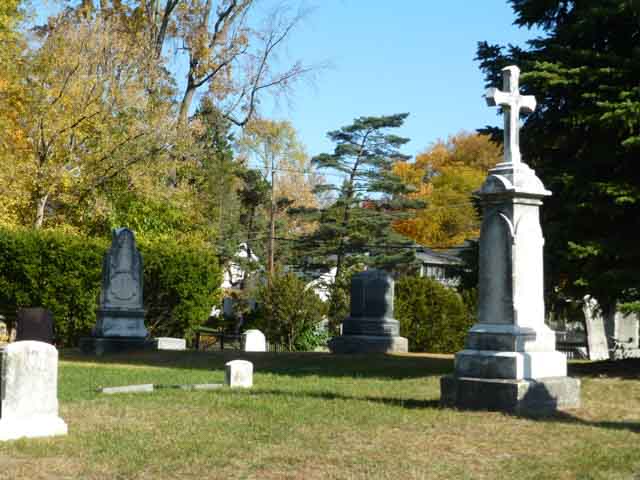

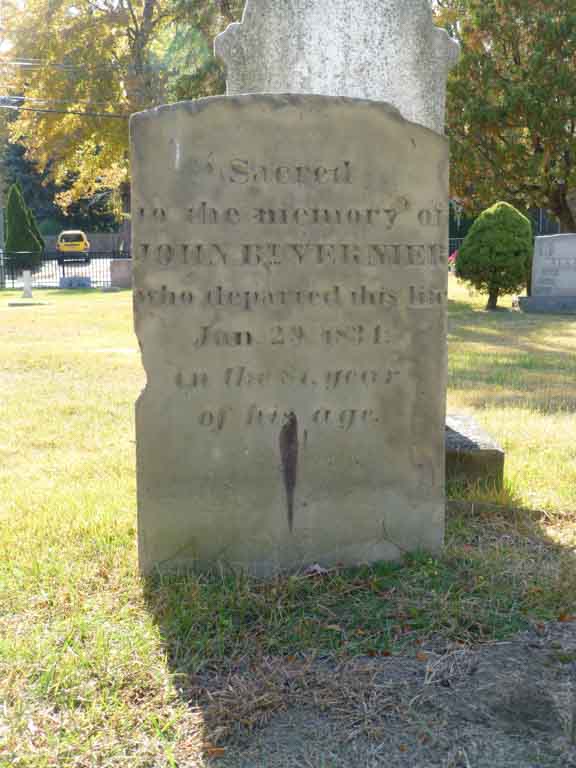
Currently, the St. Paul cemetery has 500 gravesites, most of which are occupied. However, due to the extreme weather conditions many of the names on the stones have faded and become illegible. It was reported in the Detroit Free Press (April 2005), “individual graves spaces were originally sold for about $10 each with many families buying plots with graves clustered about a central monument”. “Almost all the sites are believed to be taken, with none being offered by the church”. It is also reported (via a difference source), what space remains is limited to families who have deeds. It appears many of the graves for the earlier families are located throughout the cemetery in different plots with no real defined space for each family. It has been suggested this is possibly due to the intermarriages among the older families – names for one cluster appear in another family grouping. Records of the burials have been traced from handwritten notes and the church death book (with its Latin entries) to pull together a catalogue of who is buried in the cemetery and where. The stones are a lasting reminder of the community’s French heritage and the origins of the iconic street names that are found around the community. As of 2005, there have been just a handful of burials in recent years. St. Paul’s like many churches has built a columbarium on the church property. Photos courtesy of: Katie Doelle.
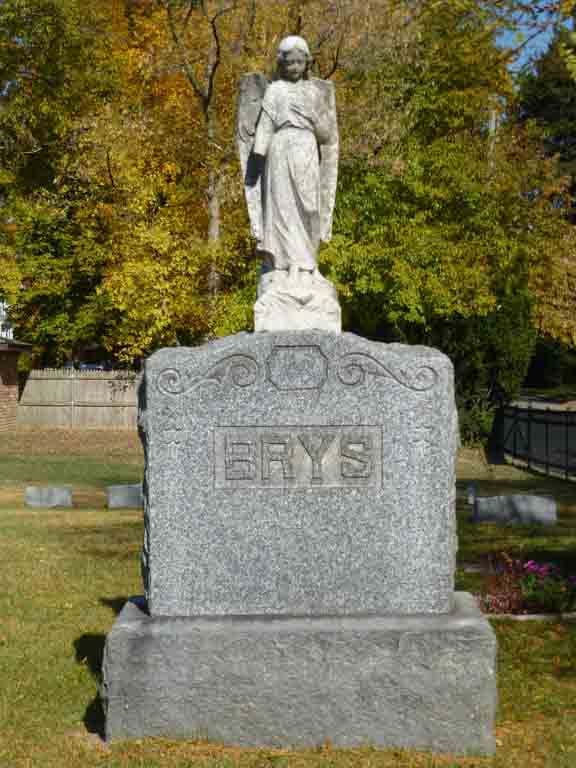
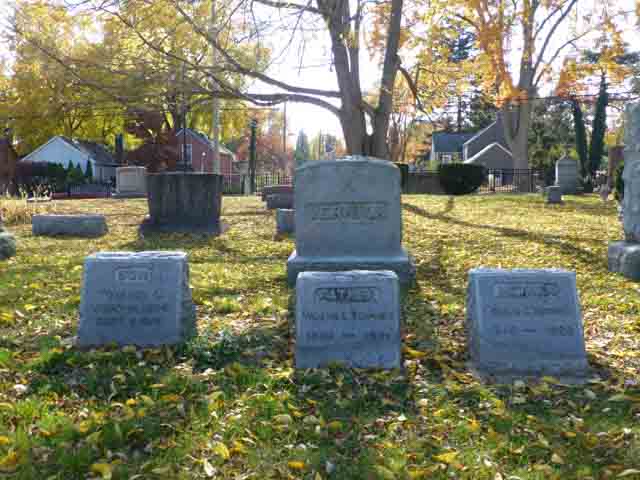
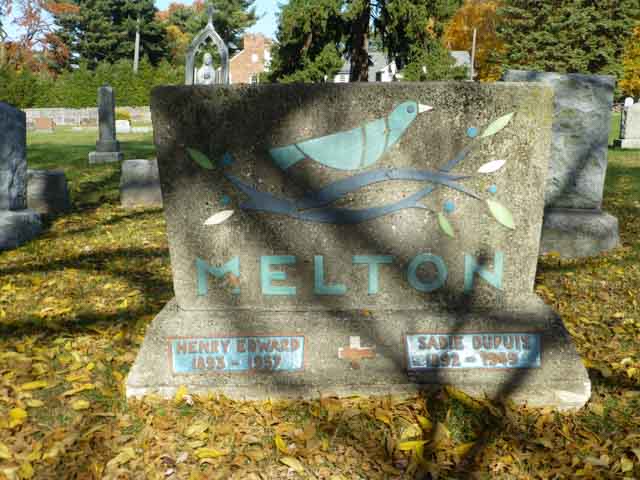
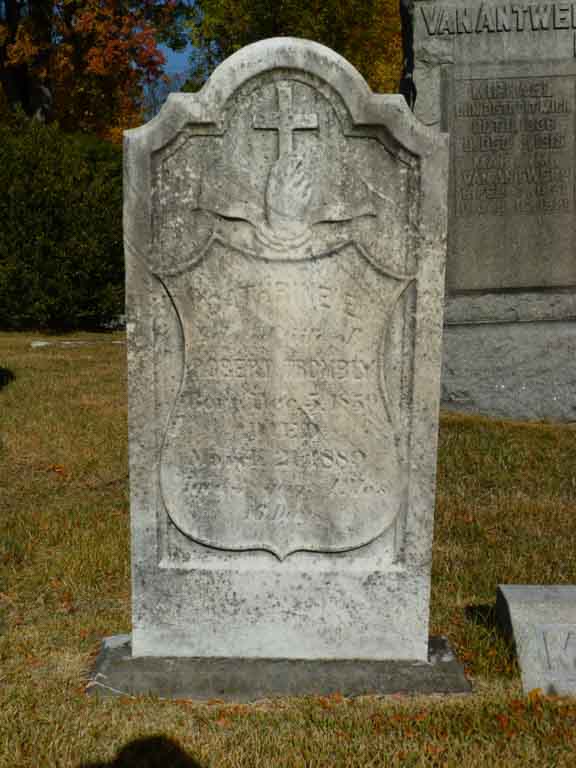
History of St. Paul’s
The earliest St. Paul’s church services in Grosse Pointe can be traced back to the early nineteenth century. The earliest St. Paul’s church was a small log chapel built in 1825, located on the Reno farm on Lake Shore just beyond the present Vernier Road. From research by the Grosse Pointe Historical Society, we understand mass was offered at the church once a month. “The roads of that day were so muddy that the few parishioners would walk to church barefooted, carrying their shoes in their hands”. In February 1847, a new site for the church was selected and purchased from Francis Frazard, part of a 122-acre farm formerly owned by Henry Hudson, for $200 (around $7,500 today). Source: National Register of Historic Places (NRHP) Registration Form (1994). The new site, where St. Paul’s stands today, was approximately 4 acres in size. The church was erected in 1848, while the chapel on the Reno farm was abandoned. The new church was a frame building of local timber. After the church was built it is reported the land in the back was used for the cemetery. Research by the Grosse Pointe Historical Society indicates the cemetery eventually covered approximately one third of the present parking lot. St. Paul’s first resident pastor, Father Francis T. DeBroux (appointed in 1857), not only fixed up the cemetery behind the church he is also credited with completing the interior of the frame church and moving the cemetery from the back of the church to its location on Moross and Country Club Drive.
In 1895, Father John F. Elsen commissioned a new, much larger, and elaborate church – the present red brick and stone structure you see today. Father Elsen hired German born architect Harry J. Rill to design a building to seat over 600 people – it is reported at the time there were fewer than 300 families in the parish. Source: National Register of Historic Places (NRHP) Registration Form (1994). The new church was dedicated on October 15, 1899. Sadly, Father John Elsen, who commissioned the new church, died before its final stage of completion. In dedication of his life and work the congregation gave him the honor of making his funeral, held January 7, 1899, the first service to be held in the unfinished building. Later that year, with the new church complete, the original wood framed church remained at the rear of the new building. From 1899, it was used as a parish hall until 1914, when it was razed. You can read the full story of St. Paul’s by clicking here.
In 1984, St. Paul’s Cemetery celebrated its 100-year anniversary. The cemetery was also one of the first recipients of a bronze Historic Plaque from the Grosse Pointe Historical Society. The first plaques were presented in April 1987 – they were awarded to St Paul Cemetery, 315 Washington, and the Cadieux farmhouse (now located at 533 St. Clair Avenue).
So, the next time the sun is shining take a walk around the St. Paul Cemetery, it is a fascinating tranquil place steeped in history.
*Photos courtesy of the Higbie Maxon Agney archives unless stated.
** Research, information, and data sources are deemed reliable, but accuracy cannot be fully guaranteed.

